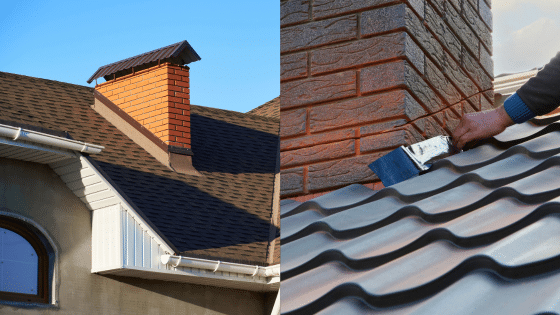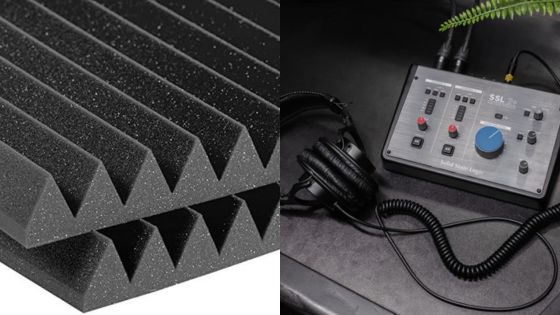
Owning a home can feel like you have finally made it. No more renting, no more landlords. Just you and your cozy place that belongs entirely to you. But what many homeowners learn quickly is that homes have a sneaky way of pulling money out of your pocket. Repairs, replacements, and regular maintenance seem to pop up when you least expect them. If you are not prepared, these costs can pile up and even lead you down the path of seeking debt relief just to keep up.
A lot of homeowners get into trouble because they simply do not plan for these expenses. They focus on the mortgage, property taxes, and insurance but forget that owning a home means being responsible for everything inside and outside those four walls. The plumbing, the roof, the appliances, the yard. It is all yours to fix, maintain, and replace when the time comes.
The Reality of Home Maintenance Costs
So how much should you really be setting aside for home maintenance? Financial experts often recommend budgeting between 1% and 4% of your home’s value every year. If your home is worth $300,000, that means you should be saving between $3,000 and $12,000 a year for maintenance. That may sound like a lot, but when you think about the potential for a new roof, HVAC repairs, or replacing major appliances, it starts to make sense.
Another popular method is the 10% rule. This involves setting aside 10% of your combined monthly mortgage, taxes, and insurance payments strictly for maintenance costs. For example, if your monthly payments total $2,000, you would save $200 each month for future repairs. This approach ties your maintenance savings to your actual home costs, which can make it easier to manage.
Why People Ignore Maintenance Budgets

One reason many homeowners do not set up a maintenance budget is because home repairs feel random. You might go months without any issues, so it is easy to convince yourself that everything is fine. But homes are like cars. You can drive for miles without a problem, and then suddenly you need new tires, brakes, or a major engine repair. The same goes for water heaters, roofs, or plumbing systems.
Ignoring home maintenance savings is a bit like playing financial roulette. Eventually, something will break. And if you have not planned for it, you could find yourself reaching for credit cards, personal loans, or even debt relief programs to cover the costs. Planning ahead is not about expecting disaster. It is about being ready for it.
Prioritizing Routine Maintenance
Routine maintenance might not feel urgent, but it plays a huge role in preventing expensive repairs later. Small things like cleaning gutters, servicing your HVAC system, inspecting your roof, and sealing cracks in your driveway can extend the life of your home’s systems and save you thousands over time.
When you budget for home maintenance, include funds for both routine upkeep and unexpected repairs. Think of it like preventative healthcare for your house. Regular checkups catch small problems before they become major surgeries. Spending a few hundred dollars on maintenance today can prevent multi-thousand-dollar emergencies tomorrow.
Setting Up a Home Maintenance Fund

The best way to stick to your home maintenance budget is to set up a separate savings account just for this purpose. Treat it like any other bill you pay each month. Automate your savings so a portion of your paycheck or bank account transfer goes directly into this fund. That way, you are not tempted to spend it elsewhere.
When you see your maintenance fund growing, it can actually give you peace of mind. Instead of dreading the next repair, you know you are financially prepared for it. And if a year goes by without needing any major repairs, you can carry the balance forward and keep building your cushion.
Understanding the Lifecycle of Home Components
One way to better estimate your home maintenance budget is to understand the lifespan of the major systems and components in your house. Here are a few general timelines:
- Roofs: 20 to 30 years
- HVAC systems: 10 to 15 years
- Water heaters: 8 to 12 years
- Appliances: 8 to 15 years
- Exterior paint: 5 to 10 years
If you know your roof is 20 years old or your HVAC is on its last legs, you can plan for those larger expenses before they become emergencies. A little research on your home’s age and condition can help you make a smarter maintenance budget.
When to Seek Professional Advice

Sometimes it can be helpful to get a professional home inspection even if you are not buying or selling your home. An inspector can give you a detailed report on the condition of your home and alert you to potential problem areas. This information allows you to prioritize repairs and budget accordingly.
If you feel overwhelmed by the numbers or unsure how to create a maintenance budget, consider talking to a financial advisor. They can help you balance your savings goals, debts, and maintenance needs to create a plan that works for your specific situation.
Making Homeownership Less Stressful
Owning a home should be a source of pride and security, not constant financial anxiety. The truth is that unexpected repairs will always be part of the package. But with a solid home maintenance budget, you can handle those surprises without panicking. You do not have to drain your emergency fund, rack up credit card debt, or start exploring debt relief options just to keep your home in good shape.
By thinking ahead and making home maintenance a regular part of your financial routine, you turn what could be a major stress point into something manageable. You are not just maintaining your home. You are protecting your financial future.
- 0shares
- Facebook0
- Pinterest0
- Twitter0
- Reddit0













